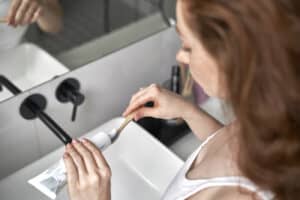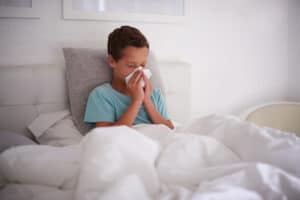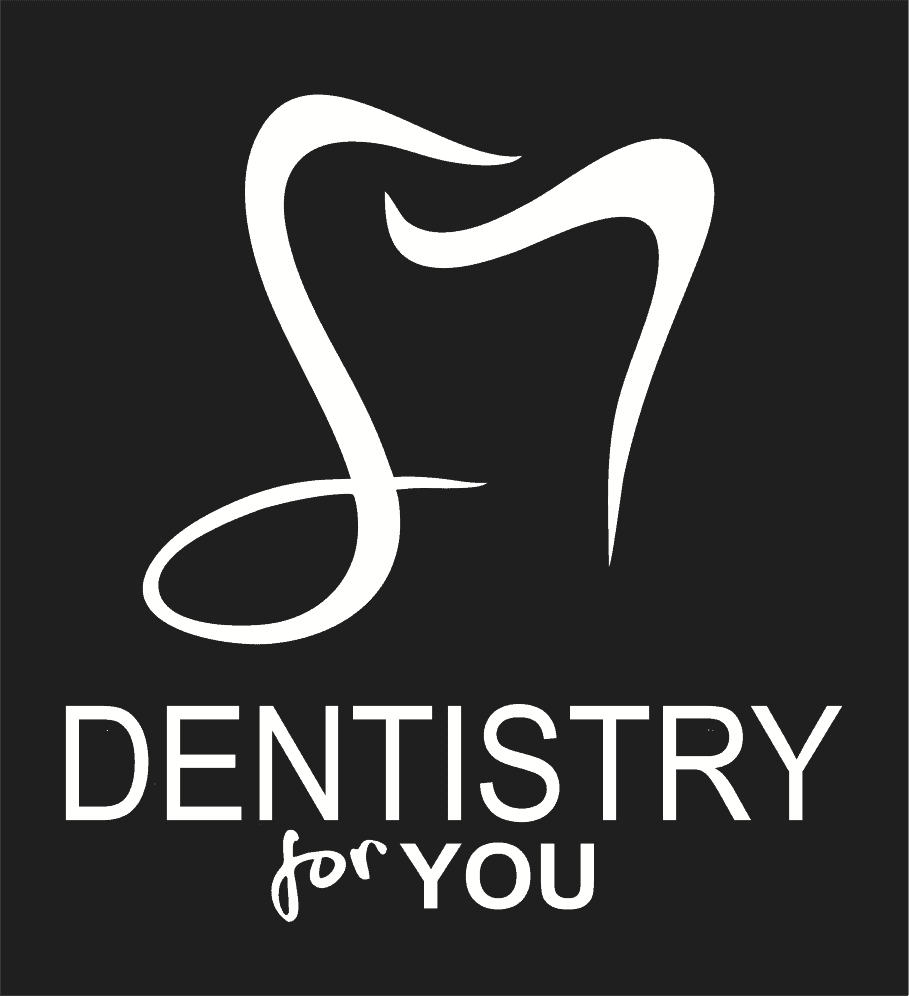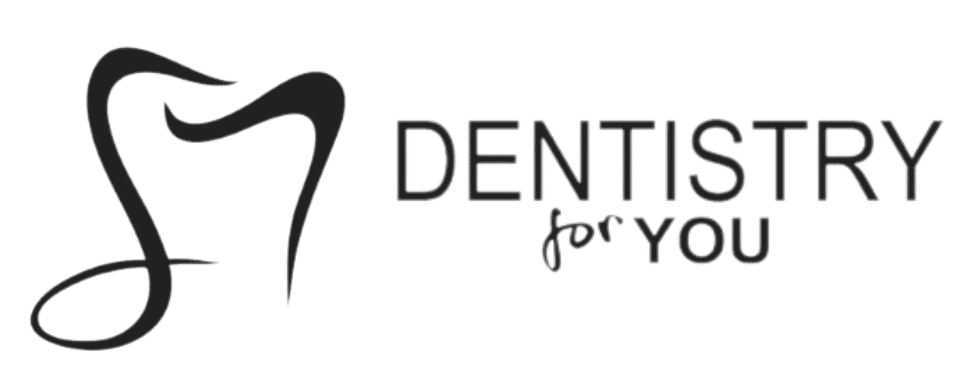
13 Jul Is It Necessary to Replace Your Toothbrush After Recovering from a Cold or Illness?
Should You Replace Your Toothbrush After A Cold or Illness?
When we’re sick, we take extra precautions to prevent the spread of germs. One common question that often arises is whether it’s necessary to replace your toothbrush after recovering from a cold or illness. In this article, we’ll explore the importance of oral hygiene, the potential risks of using the same toothbrush, and the best practices for maintaining a healthy oral care routine post-illness. So, let’s dive in and find out if replacing your toothbrush is indeed necessary.
The Significance of Oral Hygiene
Maintaining good oral hygiene is crucial for overall health. Regular brushing and flossing help remove plaque, bacteria, and food particles that can lead to tooth decay, gum disease, and bad breath. Oral health is also linked to other health conditions, including cardiovascular disease, diabetes, and respiratory infections. Therefore, it’s essential to prioritize oral hygiene, especially during and after an illness.
Brushing your teeth is an essential part of maintaining good oral hygiene, but it cannot completely prevent you from getting sick. While oral hygiene plays a role in overall health, it primarily focuses on the health of your teeth and gums rather than preventing systemic illnesses. However, there are indirect ways in which brushing your teeth can contribute to reducing the risk of certain illnesses:
- Oral Health and Bacterial Load: Brushing your teeth helps remove plaque, bacteria, and food particles from your teeth and gums. By reducing the bacterial load in your mouth, you may lower the risk of oral infections that can lead to tooth decay, gum disease, and other dental issues.
- Gum Health and Systemic Health: Poor oral hygiene and gum disease have been linked to certain systemic conditions such as cardiovascular disease, diabetes, and respiratory infections. By maintaining good oral hygiene practices, including regular brushing, you may help reduce the risk of these conditions.
- Oral-Systemic Connection: The mouth is connected to the rest of the body, and some bacteria and pathogens present in the oral cavity can potentially enter the bloodstream and contribute to systemic inflammation. By practicing good oral hygiene, including brushing your teeth, you can minimize the presence of harmful bacteria in your mouth and potentially reduce the risk of systemic inflammation.

Understanding Germs and Toothbrush Contamination
During an illness, such as a cold or flu, our bodies are busy fighting off the infection. This means that our mouths become a breeding ground for germs, including viruses and bacteria. When we brush our teeth with a contaminated toothbrush, we risk reintroducing those germs back into our bodies, prolonging the illness or increasing the chances of reinfection.
So here is why it may be necessary to replace your toothbrush after recovering from a cold:
- Minimizing the Risk of Reinfection. Toothbrushes can harbor bacteria and viruses even after rinsing. If you continue to use the same toothbrush after recovering from an illness, you run the risk of reintroducing the germs into your system. Replacing your toothbrush is a simple and effective way to minimize the chances of reinfection.
- Preventing Cross-Contamination. Sharing a toothbrush with someone who is sick is a big no-no, as it can lead to cross-contamination. Even if you’re the only one using the toothbrush, the germs present on the bristles can transfer to other surfaces in your bathroom, such as countertops or faucet handles. By replacing your toothbrush, you eliminate the risk of cross-contamination and help maintain a clean and healthy environment.
- Ensuring Optimal Brushing Performance. Over time, toothbrush bristles become frayed and worn out, making them less effective in removing plaque and debris from your teeth. By replacing your toothbrush regularly, you ensure that you’re using a brush with optimal bristle condition, maximizing its cleaning performance.
- Promoting Good Oral Health Habits. Replacing your toothbrush after an illness serves as a reminder to practice good oral health habits. It reinforces the importance of maintaining a clean toothbrush and encourages regular brushing, which is essential for preventing dental issues in the long run.
Should You Only Replace Your Toothbrush After Recovering From A Cold?
It’s a common misconception that you only need to replace your toothbrush after you’ve been sick or only after your toothbrush shows significant wear. In reality, you should replace your toothbrush every 3 months regardless of your health or the state of your toothbrush. This is because your toothbrush harbors bacteria that slowly gets built up on the bristles. In addition, the bristles can wear out before you see visible signs of it. To keep your toothbrush safe and effective to use, replace it every 3 months.
What Types Of Illness Are Spread Orally?
Here are some common types of illnesses that can be transmitted orally which is why it’s important to replace your toothbrush after recovering from these:
- Common Cold: The common cold is caused by a viral infection and can spread through respiratory droplets when an infected person coughs or sneezes. Touching surfaces contaminated with the virus and then touching your mouth, nose, or eyes can also lead to transmission.
- Influenza: Influenza, or the flu, is another viral respiratory illness that can be transmitted orally. The flu virus spreads through respiratory droplets and can also survive on surfaces for a short period. Touching contaminated surfaces and then touching your face can result in infection.
- Streptococcal Infections: Streptococcal infections, such as strep throat, are caused by bacteria called Streptococcus. These infections can spread through respiratory droplets when an infected person coughs or sneezes. Close contact with an infected person or touching surfaces contaminated with the bacteria can also lead to transmission.
- Herpes Simplex Virus: Herpes simplex virus (HSV) infections, including cold sores (HSV-1) and genital herpes (HSV-2), can be transmitted orally through direct contact with the affected area. This can occur through activities like kissing, sharing utensils or personal items, or engaging in oral-genital contact.
- Hand, Foot, and Mouth Disease: Hand, foot, and mouth disease is a viral illness commonly seen in children. It spreads through direct contact with saliva, nasal secretions, blister fluid, or feces of an infected person. Close contact, such as kissing or sharing utensils, can facilitate transmission.
It’s important to practice good hygiene, such as regular handwashing, covering your mouth and nose when coughing or sneezing, and avoiding close contact with individuals who are ill, to reduce the risk of oral transmission of these illnesses.

Conclusion
When it comes to oral hygiene, taking extra precautions after an illness is essential. While it may seem unnecessary, choosing to replace your toothbrush after recovering from a cold can make a significant difference in preventing reinfection and maintaining good overall health. By prioritizing your oral care routine and following the best practices discussed in this article, you can ensure a clean and healthy smile. So, the next time you recover from a cold or illness, don’t forget to swap out your toothbrush for a fresh one!
If you have concerns about your oral health or specific health conditions, it’s always best to consult with your dentist and healthcare provider for personalized advice and recommendations.
Related Questions
How often should I replace my toothbrush when healthy?
It is generally recommended to replace your toothbrush every three to four months or sooner if the bristles become frayed.
Can I sanitize my toothbrush to reuse it after an illness?
While there are various toothbrush sanitizing methods available, it’s best to err on the side of caution and replace your toothbrush to minimize the risk of reinfection.
What is the best way to store my toothbrush to prevent contamination?
After use, rinse your toothbrush thoroughly with water and store it in an upright position to air dry. Avoid storing toothbrushes in closed containers or in close proximity to other toothbrushes to prevent cross-contamination.
What other measures can I take to prevent the spread of germs?
In addition to replacing your toothbrush, remember to practice good hand hygiene, avoid sharing personal items, cover your mouth and nose when sneezing or coughing, and disinfect commonly touched surfaces.





Sorry, the comment form is closed at this time.